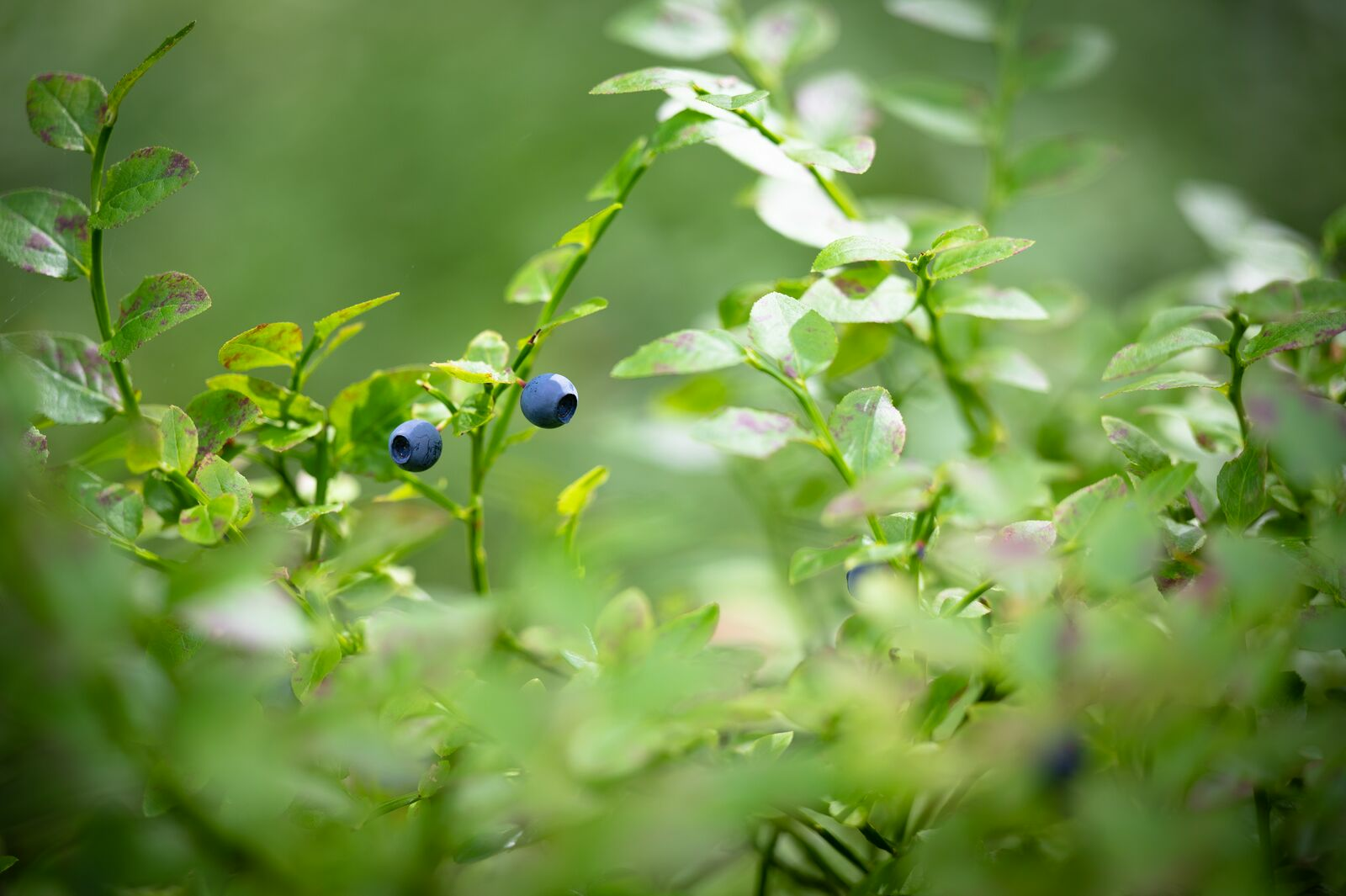
Pruning and Propagating Blueberries: A Guide
Like other berry bushes, blueberries should be pruned once a year to ensure good fruit development. In addition to a higher harvest, pruning also ensures that your blueberry bushes stay healthy. You can find out how to prune blueberries correctly in the next sections.
This Article Contains:
- Blueberry & Bilberry Bush: An Overview
- Pruning Blueberry Bushes: Good Reasons
- Cutting Back Blueberries: The Right Time
- Pruning Blueberry Bushes Correctly: What You Should Keep In Mind
- Cutting Blueberries in a Pot
- Propagate Blueberries: Grow Your Own Blueberries
- Frequently Asked Questions About Cutting Blueberries
Quick Overview
Pruning Blueberries: This Is How It Works
- Blueberries do not need to be prunedin the first three years. From the 4th year onwards, prune cultivated blueberries annually.
- Blueberries are pruned in the spring (February/March) or in the fall after the harvest at temperatures above 0 ° C/32 ° F (to avoid frost damage ).
- Sick shoots are also removed during the year.
- Leave 2 - 3 two-, three- and four-year-old shoots on your plant, as well as approx. 5 one-year-old shoots. These shoots bear the most fruit.
Blueberry & Bilberry Bush: An Overview
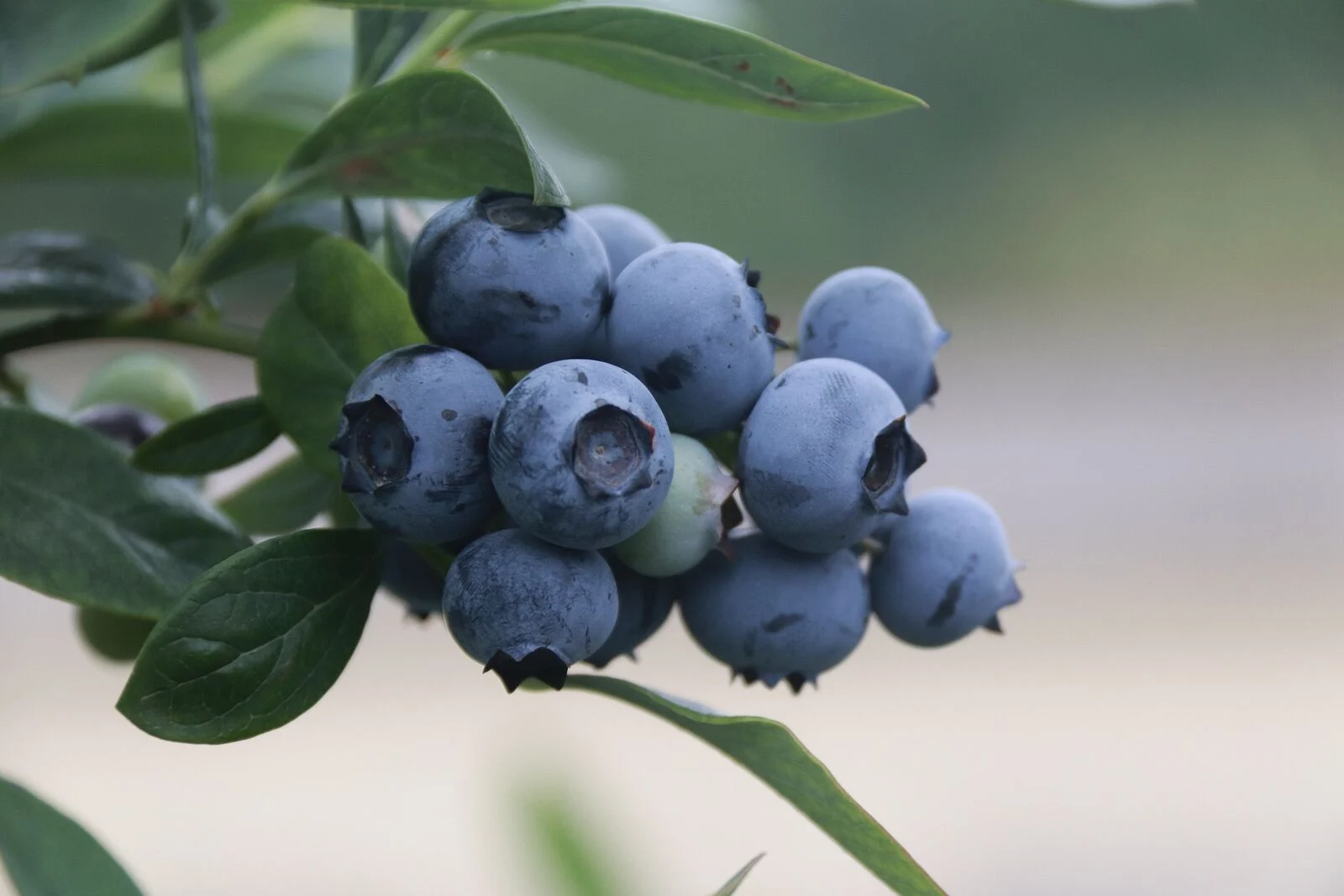
Blueberries and blueberries are simply different trivial names for different species from the blueberry genus (Vaccinium) . However, they are usually used as synonyms, which makes it difficult to differentiate between them. Strictly speaking, only varieties with the botanical name Vaccinium myrtillus count as blueberries and bilberries.
Pruning Blueberry Bushes: Good Reasons
Pruning your blueberry bush is not absolutely necessary, but it is worthwhile for several reasons:
- By pruning, you ensure that only strong, young shoots remain on the bush, which can then provide you with a rich harvest the following year. By shortening old, weak and overly dense shoots, you give your plant more strength for fruiting and larger and more berries will form.
- At the same time, pruning also encourages the formation of new shoots, which guarantees your harvest for the following years.
- The more shoots there are on your plant, the longer it will take for your fruit to ripen. The age of the shoots also plays a role in the ripening time. Young shoots produce ripe fruit more quickly.
- Pruning keeps your blueberry bush in shape and also keeps diseases and pests at bay.
- By removing shoots that are too dense, you bring more light into your plants and ensure good air circulation. This keeps diseases at bay and gives your fruit enough light for the ripening process.
Cutting Back Blueberries: The Right Time
Blueberries do not need pruning for the first three years after planting. This is because blueberry bushes develop quite slowly. To stimulate growth, you can also remove the flowers in the first three years to give the plant more vigor. You can then start pruning in the fourth year. Thinning out and cutting off old shoots then takes place annually. Some gardeners only prune their blueberries every few years. Regardless of the timing, however, diseased or pest-infested branches should always be removed as quickly as possible.
The weather is also important for the right time. You should only prune your blueberries on frost-free and preferably dry days, otherwise the plant will be damaged or diseases can penetrate more easily.
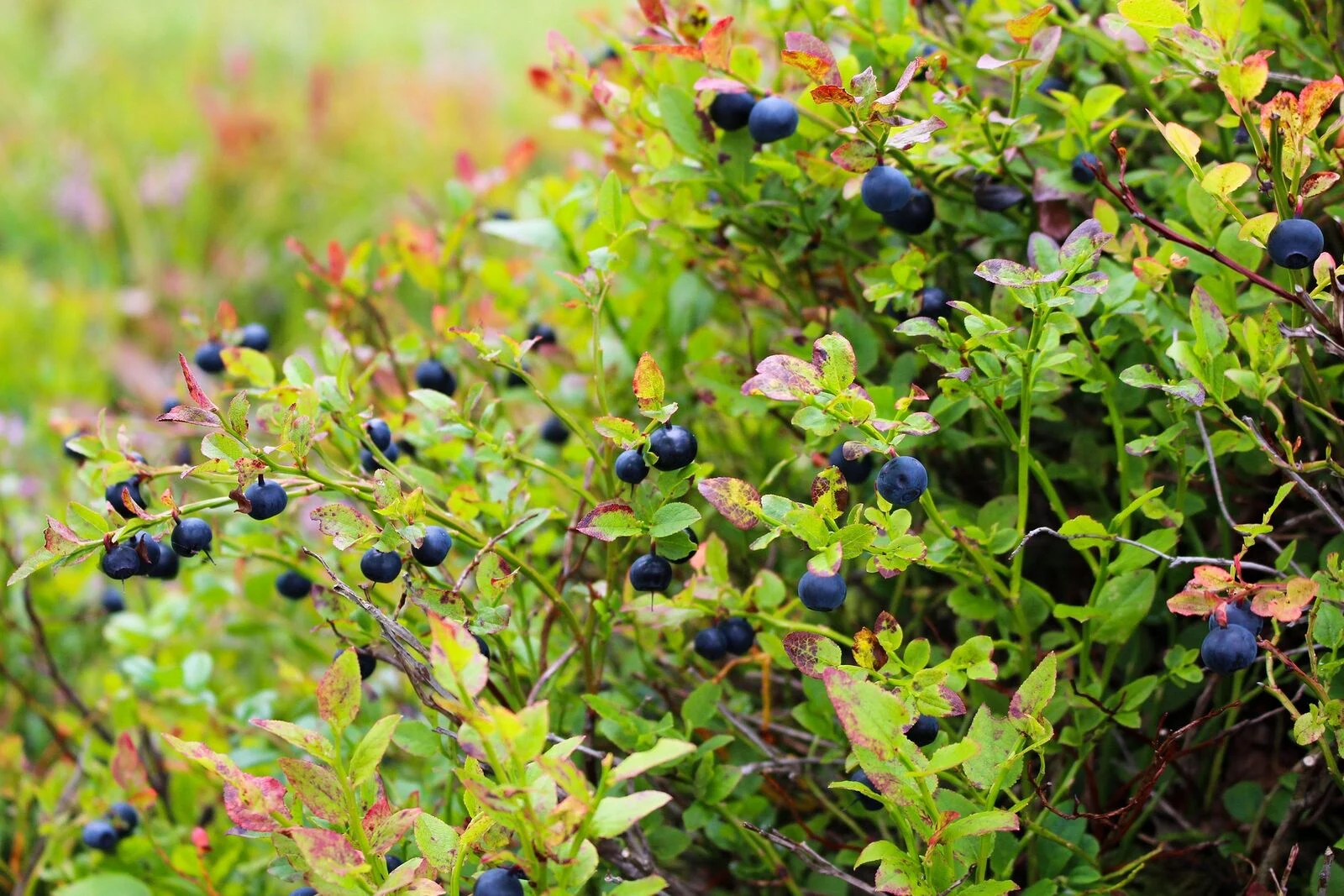
When to Cut and Propagate Blueberries?
You can prune blueberries in spring in February or March or in late fall as soon as the plant has lost its leaves. This is when the plant is dormant and can cope better with pruning. It is also easier to keep the shoots of your plant apart. If you want to take cuttings, it is best to cut your plant in the fall, as cuttings are usually planted at this time and therefore have time to establish themselves in the bed before the new season.
Tip: As soon as you discover a disease or pest on your plant, you should take countermeasures as quickly as possible. If it is a fungal disease, affected branches should be cut off immediately, regardless of the annual pruning. The larvae of the frost moth also often cause problems for blueberry bushes. However, pruning is only necessary if the infestation is very severe.
Pruning Blueberry Bushes Correctly: What You Should Keep In Mind
You don't necessarily have to prune your blueberries every year. However, as mentioned above, there are some advantages to pruning your bushes regularly (especially for cultivated blueberries). You can find out how to do this and what you need to bear in mind below.
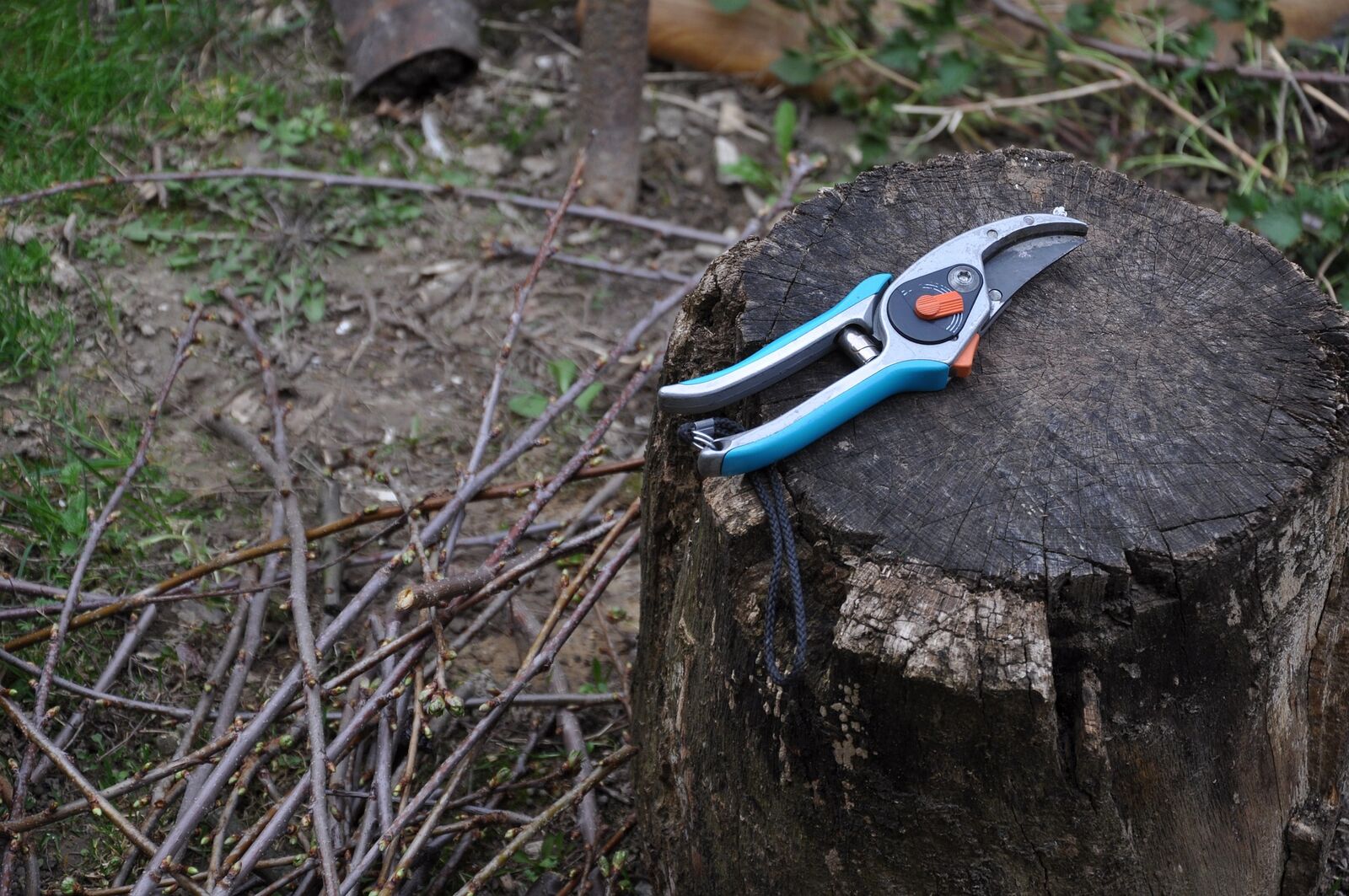
Cutting Cultivated Blueberries
When pruning your blueberries each year, not all the shoots are cut off, as is the case with autumn raspberries. Instead, cultivated blueberries are pruned according to a similar principle to other berry bushes such as currants. Only old shoots that are more than 4 years old are removed. Depending on the variety, blueberries sprout their young shoots either at the base of the bush or on older branches that were shortened the previous year. The old shoots are therefore cut off close to the ground. With a few shoots, you can leave a stump about 5 - 10 cm/2 - 4 in in size with a few eyes. New shoots can then sprout there next year.
If your blueberry bush is now 4 or 5 years old, you should prune it like this after harvesting in the fall or spring:
- 2 - 3 two-, three- and four-year-old branches each remain on the shrub. They should not be too close together and preferably grow in different directions.
- 3 - 5 one-year-old young shoots that have sufficient distance to other branches (approx. 10 cm) are also left standing.
- All remaining shoots, especially weak shoots and those that are too close together, are cut off cleanly without leaving long stubs.
Cutting Back Wild Blueberries
As wild blueberries, unlike cultivated blueberries, are not bred for yield, they are less sensitive to a lack of pruning. Only topiary and the removal of diseased, old and heavily woody shoots is always a good idea, as this thins out the bushes a little and gives them more strength again.

Radical Pruning of Blueberries?
Radical pruning is generally rarely necessary. If you prune your blueberries regularly every year, your shrub will renew itself automatically. However, if you inherit an old blueberry bush, it may be necessary to prune it radically once to encourage the growth of new branches.
If you want to carry out a radical pruning, you should do this at the same time as an annual pruning. This way, you won't disturb any potential inhabitants of your blueberry bush in winter. For radical pruning, all shoots are cut down to the ground (but at least 30 cm/11.8 in) to stimulate the formation of new shoots. Over the next two years, the bush will need time and energy to develop new branches, so that the shrub will only produce a harvest again in the third year.
Cutting Blueberries in a Pot
Blueberries in a pot are generally pruned in the same way as those in a bed. Only the shape is perhaps more important here. You should also pay more attention to frost. Plants in pots are more susceptible to frost than plants in beds, as they are more exposed in pots.
Shoots that protrude strongly over the edge of the pot, weak shoots or those that hang down too low should be cut back to approx. 5 - 10 cm. Very old, thick and already woody sh oots are shortened to at least 5 cm. However, if there is too little new growth, you should only shorten a few old shoots by half. You should also thin out the inside of your bush a little so that new shoots have room to grow and the fruits of your blueberries get enough sunlight.
Propagate Blueberries: Grow Your Own Blueberries
If you want to propagate your blueberries, you can do this very easily by cutting them. Young, healthy, cut shoots can be planted as cuttings. However, you can also create cuttings, which you can cut off from the mother plant and transplant once they have grown and taken root. Blueberries can also be propagated by seed. However, as this requires a lot of patience and the characteristics of your variety are usually lost in the process, this method is rarely used. Propagation via suckers and cuttings is easier and you will get ripe berries on your new bush more quickly. Propagation by cuttings is usually the most successful.
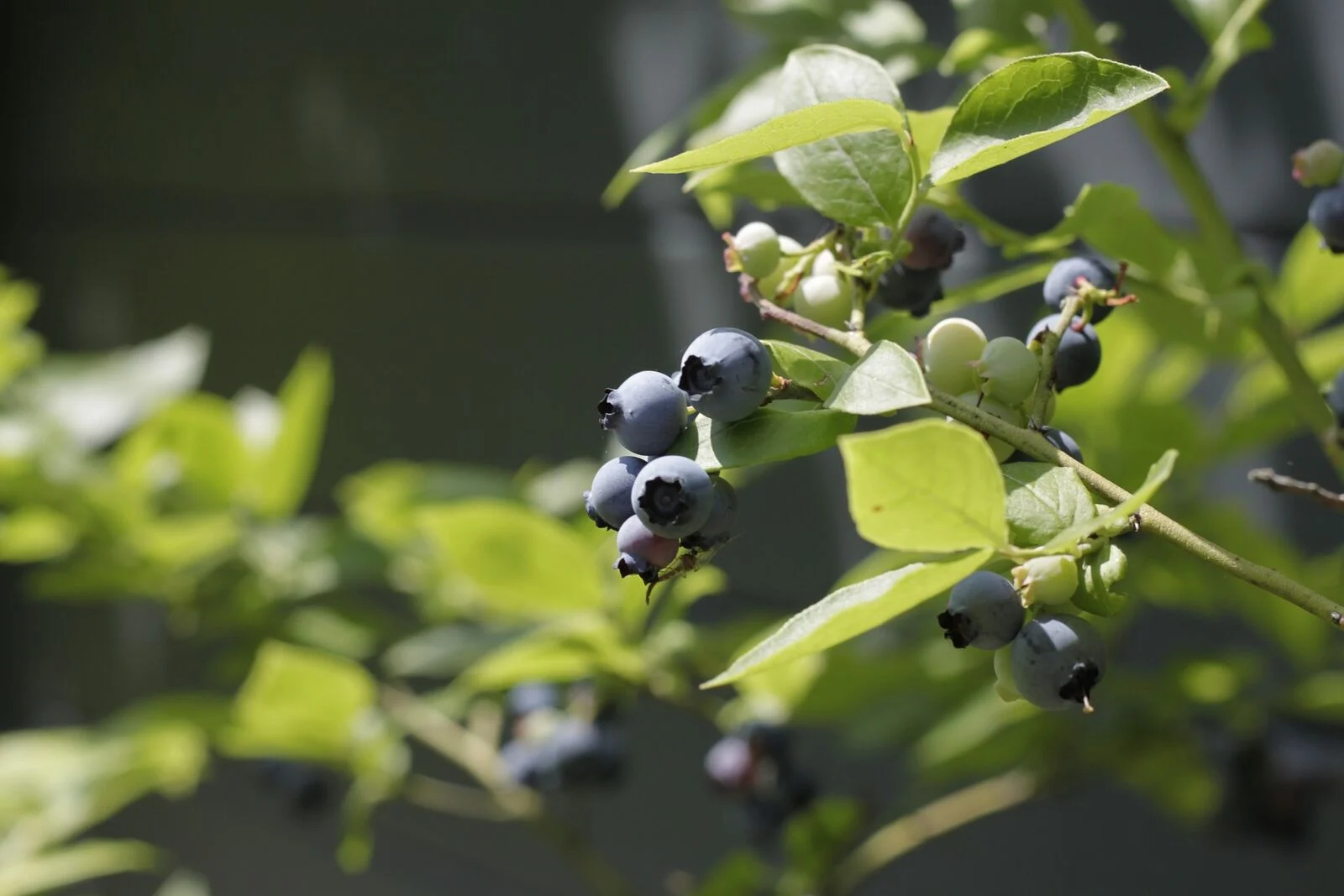
Sinker for the Propagation of Blueberries
To propagate via cuttings, take one or more shoots from your blueberry bush. These should be healthy, young and sufficiently flexible, as you will need to bend them down to the ground. They should also not be flowering. The best time to plant cuttings is in June and July. Dig a hole about 10 - 20 cm deep and lower the young shoot into it. However, the tip of the shoot should protrude from the hole. Cover the remaining part of the shoot in the hole with soil and weigh it down with a stone or secure it in some other way. After a few months, rooting is complete and you can cut the shoot from the mother bush. This is then planted in its final location.
Blueberry Cuttings
Young shoots that you have removed during pruning can simply be planted in some soil to propagate your blueberries. The shoots should be between 5 - 30 cm long. However, blueberries need an acidic soil environment. Also make sure that the soil does not dry out. Blueberries need even moisture, but do not tolerate waterlogging. You can find out how to grow blueberries correctly in our article Planting Blueberries.
If you have any questions or comments, please write to us at [email protected]. Would you like to receive helpful gardening tips all year round and plan your own beds optimally? Then register here or download the Fryd app for Android or iOS.
Fryd - your digital bed planner
Cover image by Per-Åke Adolfsson on Unsplash.

Marielena
Marielena studies agricultural and environmental sciences. She gardens at home and at an allotment and likes to try out new things.
Learn MoreCurrent Topics in the Community
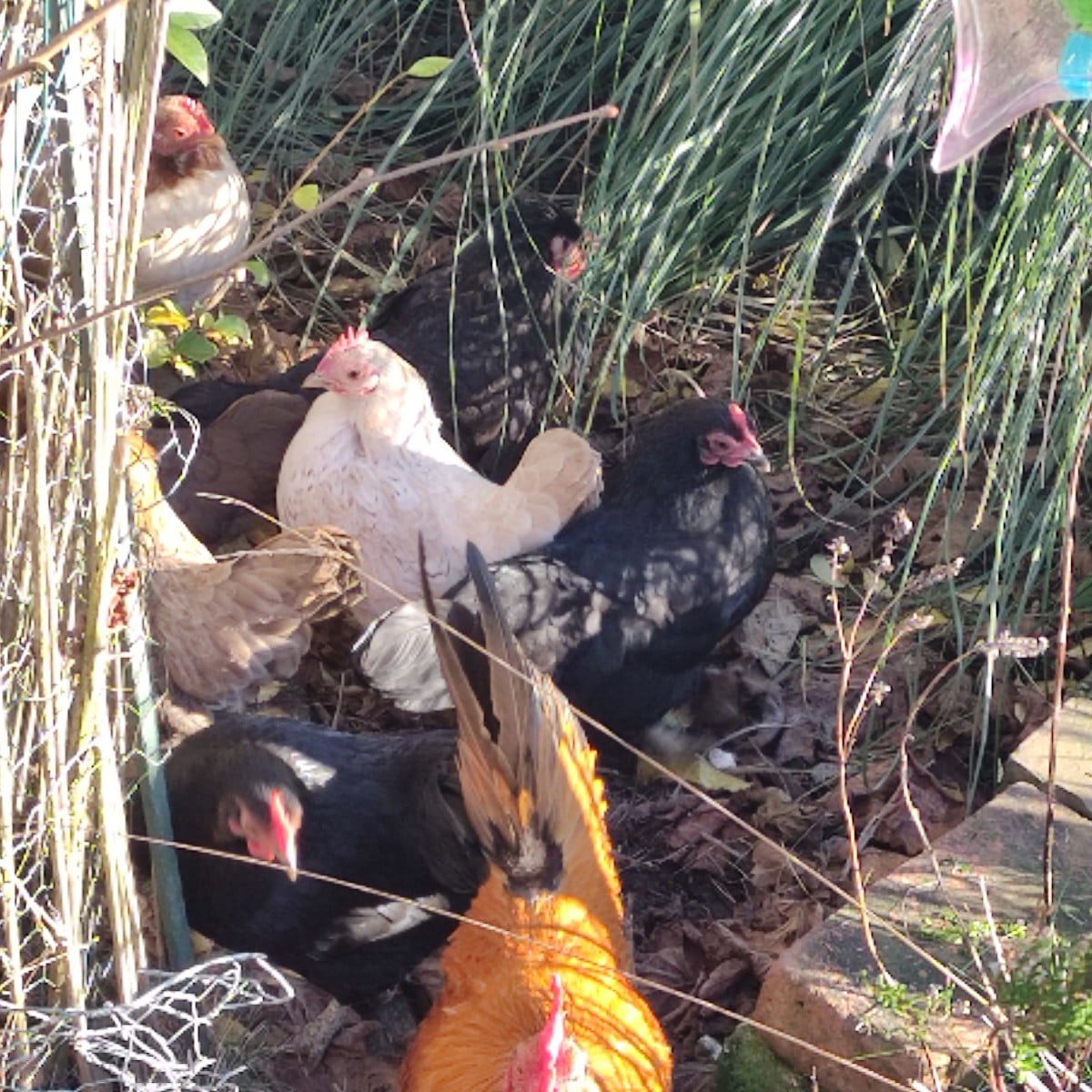
The chickens are not happy about the cold weather.
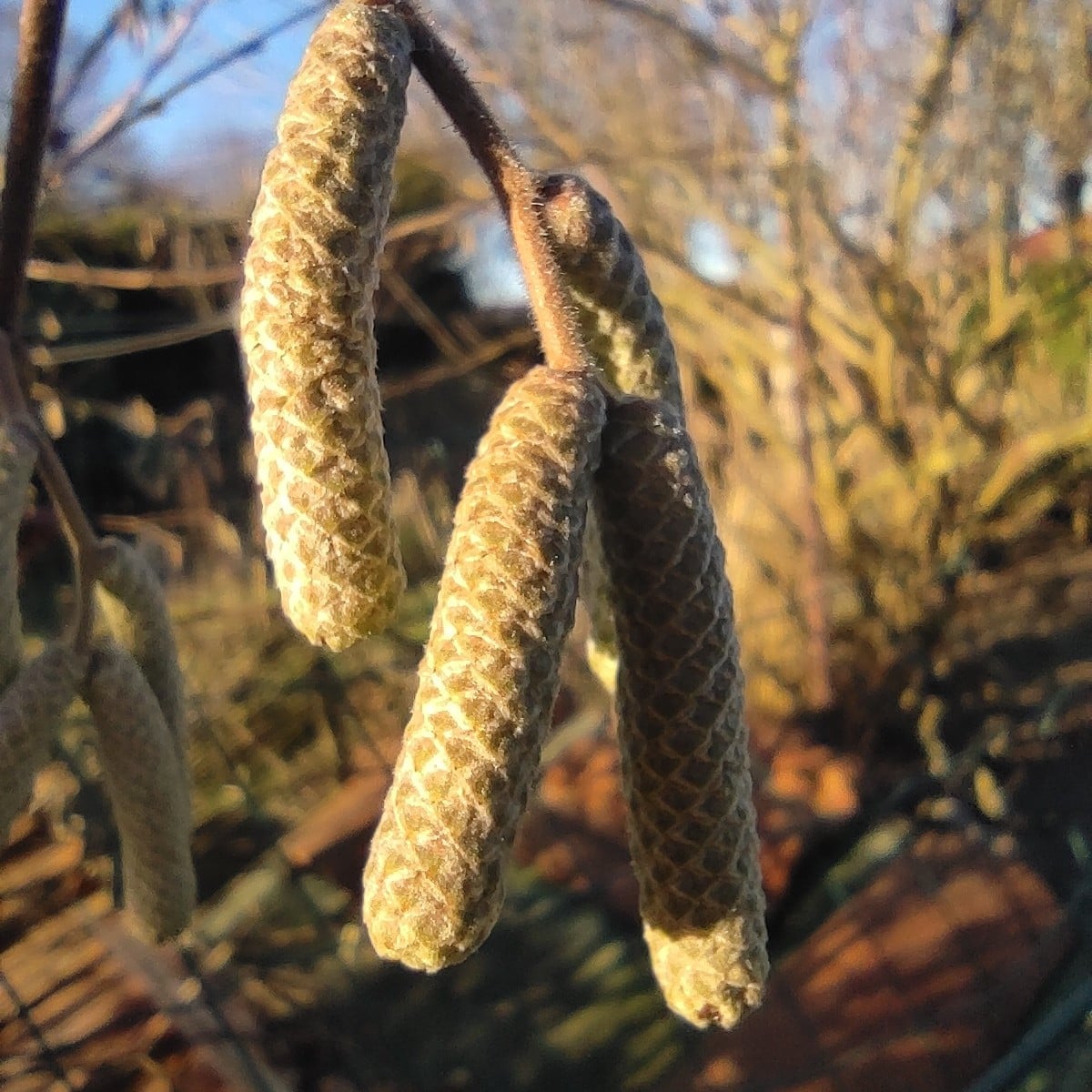
Without words

Liked 2 times
It may have actually worked with the shiitake smuggled into the fallen birch tree in our forest 🍄
Popular Articles

Overwintering Parsley: How to Do It Successfully

How to Grow Lettuce in Winter: Varieties, Sowing, Harvesting

Growing Sage Plant: Tips for Sowing and Harvesting

What Herbs Can Be Planted Together?

Create & Design a Permaculture Garden

Overwintering Plants: Tubs, Pots and Raised Beds

Pruning, Fertilizing & Propagating Currants: Care Tips

Pruning Raspberries: How to Do It

Vegetable Garden With Greenhouse: How to Use Greenhouse Effect

Winterizing Beds and the Garden: How to Do It
FAQ
You can prune blueberries in the spring in February or March, or in the fall after harvesting. Make sure that the temperatures are above 0°C to avoid frost damage to your plants.
Do you have to cut blueberries?
No, you don't necessarily have to cut your blueberries. Forest blueberries do well without pruning. However, cultivated blueberries are happy to be pruned and will continue to produce a high number of fruits.
Can blueberries be cut in the fall?
Yes, you can also prune blueberries in the fall after harvesting. However, make sure that it is a frost-free day.
Why are my blueberries so small?
There are several reasons for this. Forest blueberries naturally produce smaller fruit. Even old, heavily woody bushes of cultivated blueberries often only bear smaller berries. You should therefore prune your blueberries regularly.